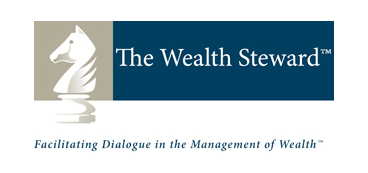By Dan Hallett on June 26, 2011
It’s easy to be seduced by what appears to be a proverbial ‘free lunch’ in the investment world. Nowhere is this more prevalent than in the world of fixed income (i.e. bonds and bond-like investments). There are many potential topics to tackle in this context. But perhaps the most common misunderstanding I notice among investors emerges when equating monthly distributions with true yield.
YTM is what counts
Consider the case of short-term bond funds and the iShares CDN Short-Term Bond Index ETF (XSB/TSX). Its current interest distributions are roughly equal to an annualized 3.3%. While I have no real proof, I firmly believe that many investors equate this 3.3% distribution rate with XSB’s ‘yield’. The websites for iShares and other ETFs provide a lot of great information.
In the context of this topic, the yield-to-maturity (YTM) is the most meaningful piece of data on XSB’s profile page. The YTM was recently listed at 1.89% per year. The fund’s 3.3% distribution rate is real but it’s not the whole picture. A bond’s periodic coupon interest payments form part of its total return. The other part is the difference between the purchase price and the maturity or par value. And with interest rates (and bond yields) at historic lows, most bonds will fall in price between today and maturity.
XSB’s 3.3% interest distribution rate excludes the guaranteed capital loss between now and maturity on virtually every bond. The YTM counts both the coupon interest and the price change through to maturity. And that’s the figure you should care about since today’s YTM is a very good indication of the bond’s future return if held to maturity.
Note that the quoted YTM is calculated before deducting XSB’s 0.26% management expense ratio (MER). So the net YTM can be estimated by subtracting the MER from the quoted YTM. In XSB’s case the net yield is about 1.63% annually – less than half of the net interest distribution payments. A more striking example is Claymore’s 1-5 Yr Laddered Corporate Bond ETF (CBO/TSX). CBO’s 2% net YTM is less than half of its 4.6% distribution rate.
Yield-to-worst is better
At least with ETFs, fees are relatively low and YTM data is readily available online. This information isn’t nearly as accessible with short-term bond mutual funds. While a few firms like RBC/PH&N regularly update YTM figures, most do not publicly disclose this data. But mutual fund companies should be able to provide this information over the phone. For funds and ETFs investing in corporate bonds, high yield bonds and preferred shares, it’s ideal to obtain a figure similar to YTM called yield-to-worst (YTW) instead of bonds’ YTM or preferred shares’ current yield.
The next time you feel compelled to invest in a fund because of its unusually high distribution rate, understand that you’re either overestimating the fund’s true “yield” or its true risk exposure. Hopefully, this awareness will trigger enough questions such that you’ll be better informed prior to investing.
Related: The relevance of YTM & the impact of rising rates (July 2011)
- Piling into U.S. stocks? Don’t Expect the Past Decade to Repeat - January 15, 2025
- The S&P 500’s Three Surprising Traits - November 6, 2024
- Savvy DIY Investors Must Plan For Succession - September 4, 2024



